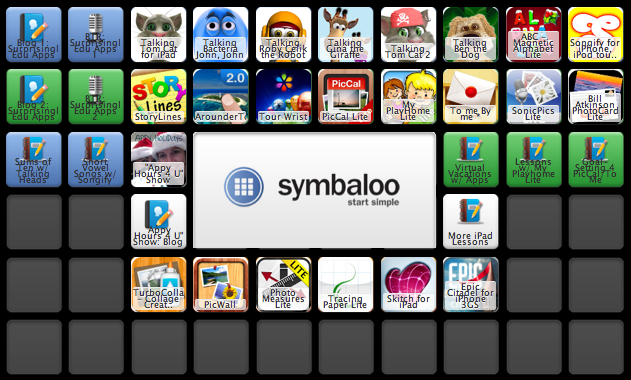Editor’s Note: This guest post was written by Prerna Gupta, who is CEO of Khush (now part of Smule), whose music apps, like Songify and LaDiDa, have been used to create over 125 million songs worldwide. You can follow her @prernagupta.
As technology continues its march toward the Singularity, transforming the way we work, socialize and play at an increasing rate, there is one very important aspect of American society that lags behind: education.
Many in Silicon Valley have strong opinions on how education should be improved, perhaps most notably Peter Thiel, who believes we are in a higher education bubble and should be encouraging kids to skip college and pursue entrepreneurship instead. I agree that Americans are placing too much emphasis on higher education, but I think the debate over Thiel’s statements misses a much deeper point.
Why is higher education overvalued?
It’s because our primary and secondary education systems suck and are thus shifting the burden of educating our population to college. Of much greater concern to me than the college bubble is that 18 years of almost every American life are wasted learning nothing in primary and secondary public schools. By now we’ve become habituated to the alarming statistics that show America falling behind in all subjects. While the public sector struggles to innovate, however, the private sector is taking note.
Dave McClure’s fund, 500 Startups, plans to invest in 10-20 education startups this year. I recently had a chance to chat with Dave about why he’s so bullish on the space, and he said, simply, it’s because education is “incredibly backwards, and has huge potential for change.” He cited a disruptive trend of teachers integrating technology from everyday life into their classrooms voluntarily, rather than technology integration being mandated top-down by administrators. As tablet devices become pervasive, teachers are embracing apps as learning tools, with iPads leading the way in the U.S., and Android tablets taking hold in third world countries such as Brazil and India.
Increasingly, many teachers are also looking beyond apps designed specifically for educational purposes and turning instead to apps from the Entertainment category to help make their daily lessons more engaging. It’s called “Edutainment.” I learned about this phenomenon after teachers started blogging about my company’s app, Songify.
Songify is an app that turns speech into music. As it so happens, this technology is useful for more than crying about how much you love cats. Lisa Carnazzo, for example, uses Songify in her 2nd grade English lessons. Ms. Carnazzo finds that lesson plans integrating Songify are more engaging for her students than traditional methods; by posting her students’ Songifications online, she also encourages parents to get involved. Nancy Branchbill views Songify as a memorization tool and has her fifth graders Songify their class notes or use the app to learn steps in a process.
There are other examples as well. Talking Tom, the popular talking character app, has been used to teach homonyms and to help kids memorize multiplication tables. Puppet Pals has been used to help students learn about historical events. There is even a regular podcast on iTunes, hosted by educator Lisa Johnson, which gives lesson ideas based on “Surprisingly Educational” apps.
The success of digital learning tools is motivating the public sector to adopt technology too. Using software as a teaching aid is not a new concept. It’s known as “blended learning” in pedagogical circles. But it’s newly in vogue with some forward-thinking institutions like the Los Angeles Unified School District, which is currently developing a five-year plan to deploy blended learning across LA schools. Priya Chordia, from the district’s Strategy Team, explains that “disruptive tools like Khan Academy have brought blended learning to the forefront. The mass-market proof de-risks an untested concept and helps us gain support for making dramatic changes.”
Another school district that is pushing the envelope on technology in the classrooms is Chicago Public Schools. John Connolly, the district’s Education Technology Director, recently led an initiative to purchase 6,000 iPads for Chicago students. As Connolly explains in this video from Apple’s iPad 2 launch event last March, “It is difficult to keep students motivated in school, and keep them engaged in the curriculum…You put the iPad in front of them, and you’ll see the kids focus immediately on that content and start working through it … I really believe that this is the future of education.”
Classrooms using the iPads have seen gains of 50-60% in reading, math and science performance. Connolly is also working with Chicago-based start-up, eSpark Learning, to help teachers sort through the 27,000 educational apps in the iOS store and adapt instruction to individual students’ needs. According to eSpark’s CEO, David Vinca, the software, which he describes as “Pandora for education,” has helped students raise their skills by 1.4 grade levels.
We are in a time of convergence: teachers are incorporating technology from their everyday lives to increase student engagement, while visionary administrators are using the momentum of grassroots digital learning movements to move our institutions forward. Hopefully education will catch up before the Singularity arrives.
